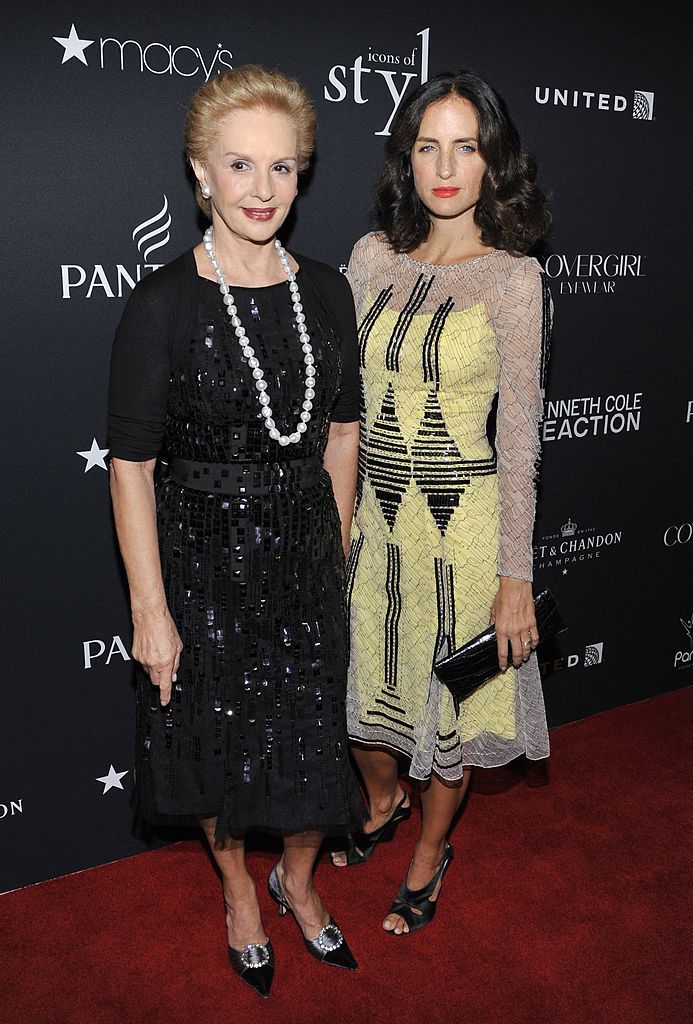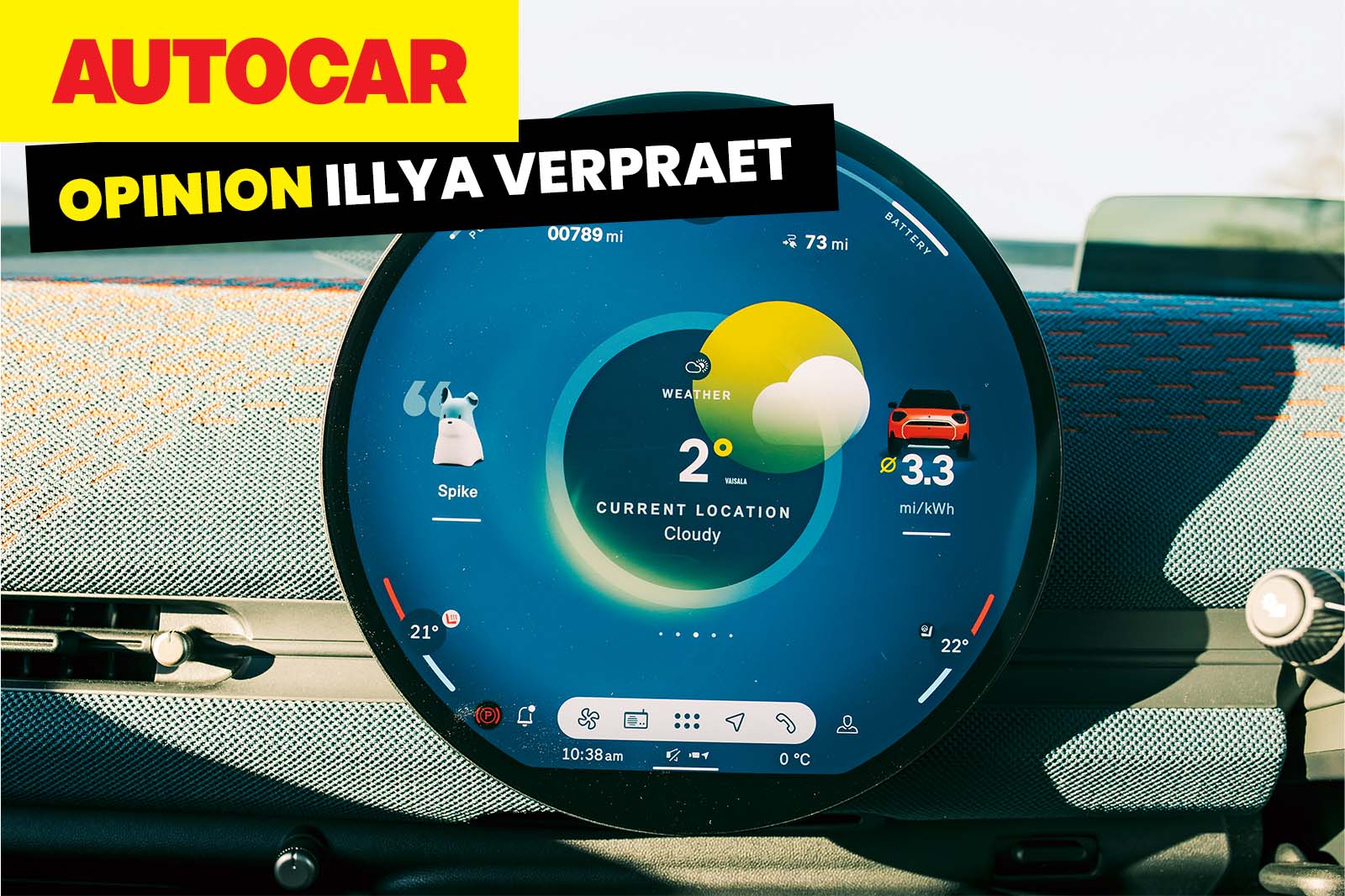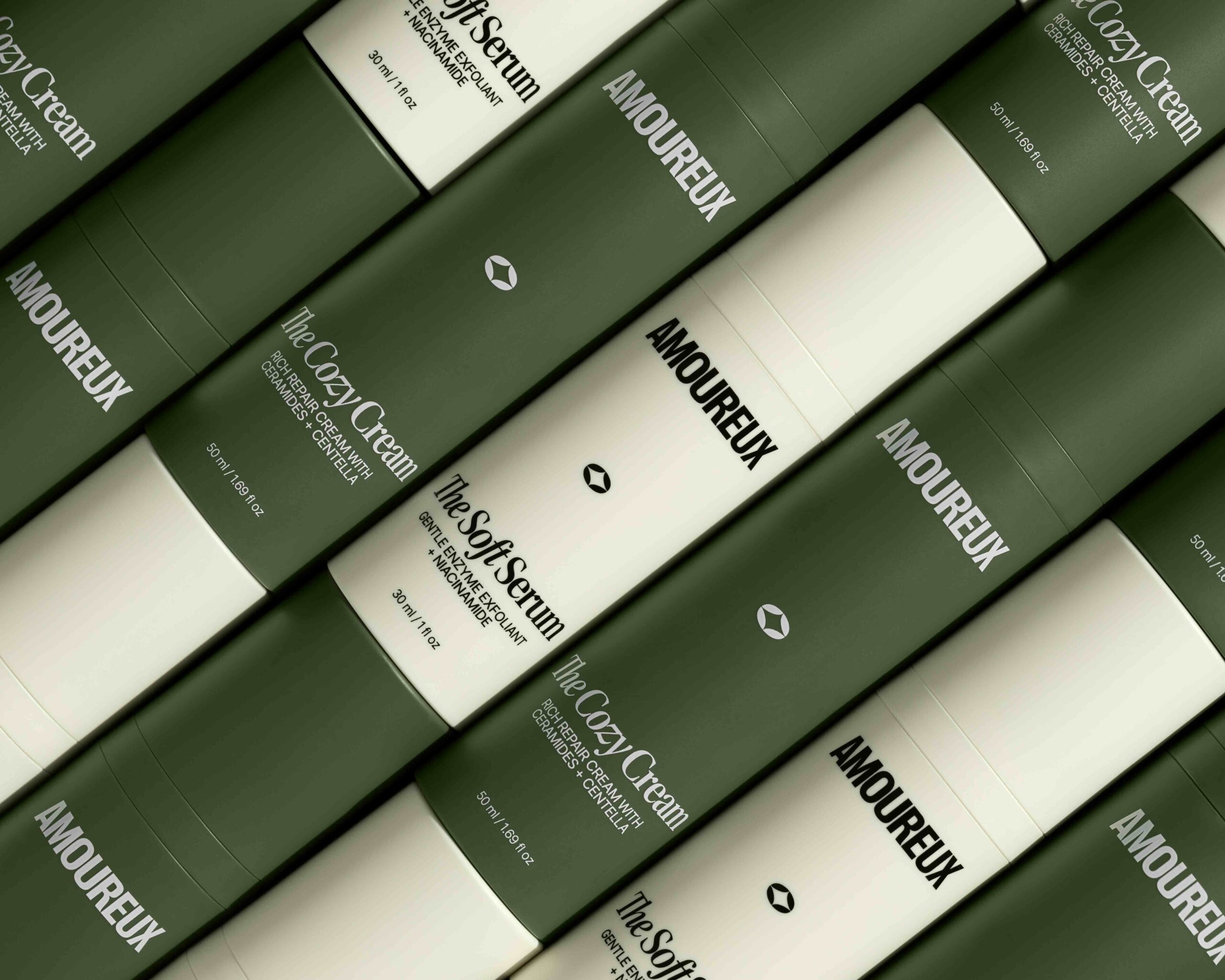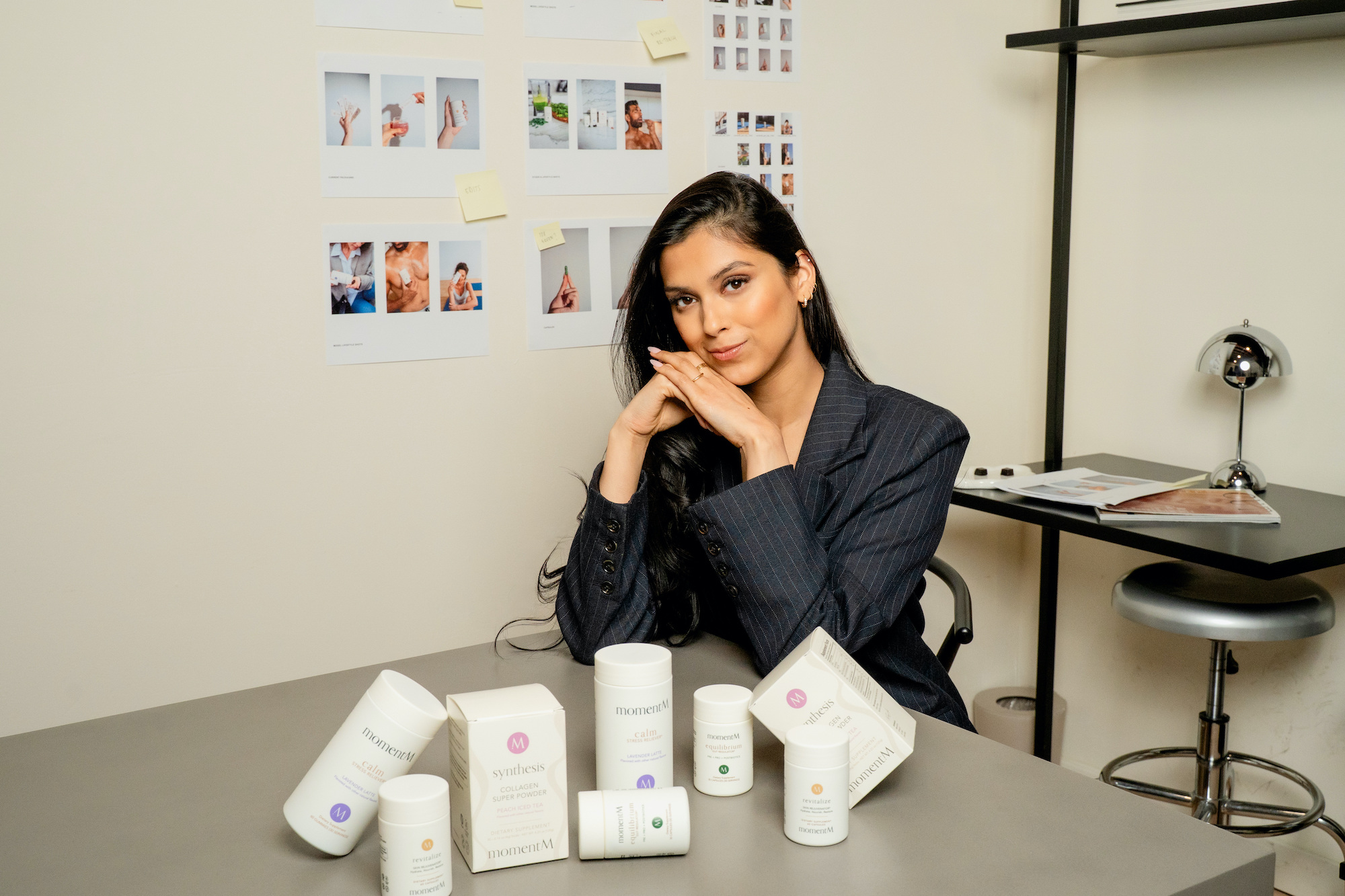Fashion & Beauty’s Enduring Matriarchal Legacies
In line with Mother's Day 2025, LUXUO highlights matriarchal dynasties in fashion and beauty — from the dynamic duo of Diane and Talita von Fürstenberg to the genenational sucession of Silvia and Delfina Fendi. The post Fashion & Beauty’s Enduring Matriarchal Legacies appeared first on LUXUO.

Across the luxury industry, some of the most resilient and recognisable names in fashion and beauty are not built on singular genius, but on generational vision. From Estée Lauder’s entrepreneurial origins to the interwoven creative threads of Fendi, Missoni and Diane von Fürstenberg, a growing group of female-led businesses continues to pass down influence not just through brand DNA, but through bloodlines. While fashion and beauty have long celebrated the idea of “the muse”, some of the most enduring legacies are shaped when creative power is inherited and expanded through matriarchal lines — where storytelling, stewardship and style are passed from mother to daughter, often reshaped with contemporary relevance. In 2025, amid ongoing conversations around legacy, succession and female leadership, these dynasties are showing what long-term vision in luxury truly looks like.
Silvia Venturini Fendi and Delfina Delettrez Fendi

Fendi’s legacy began with Adele Fendi, who passed the brand down to her five daughters. Today, Silvia Venturini Fendi continues to oversee menswear and accessories, while her daughter Delfina Delettrez Fendi carries the torch as the creative director of jewellery. This unique matrilineal heritage remains at the heart of the brand’s ongoing evolution. Silvia Venturini Fendi — granddaughter of Adele — has remained a central figure in the house, co-creating the iconic Baguette bag and overseeing menswear and accessories. Now, Delfina Delettrez Fendi is carving her own path as artistic director of jewellery, infusing Fendi’s high jewellery collections with her surrealist touch. This year, Fendi is set to celebrate its centennial year with various showcases that highlight the brand’s rich, women-led legacy, from artisanal craftsmanship to couture innovation.

Family is integral to Fendi’s identity, with Silvia’s unwavering dedication to preserving Italy’s artisanal traditions. Initiatives like the Baguette and Hand in Hand showcase her ongoing commitment to the brand’s values and its close relationships with artisans. In a 2021 interview with Tim Blanks for Another magazine, Delfina Delettrez Fendi shared how her personal experiences — including the loss of her father at a young age — have influenced her creative vision. Her belief in the impermanence of life drives her to embrace change and innovation, encouraging Fendi to remain open to new ideas and directions.
Rosita Missoni and Angela Missoni

Missoni, founded in 1953 by the late Ottavio and Rosita Missoni, is one of the few Italian houses that can boast three generations of family involvement. Under Angela Missoni, daughter of the founders, the brand has not only weathered major crises like the Cold War and the 2007-08 Global Financial Crisis but has also managed to continue its success by adapting to the ever-evolving fashion landscape. Today, Missoni continues to be synonymous with its kaleidoscopic knits and a uniquely Italian bohemian glamour. Her daughter Angela took over creative direction in 1997, refining the brand’s identity for a new generation — a rare three-generation legacy. Angela’s daughter, Margherita Missoni — once the face of the brand — now contributes as a designer and ambassador.

2025 sees Missoni embracing a more environmentally-conscious strategy, with Margherita launching a capsule collection using upcycled yarns — a nod to the brand’s handmade roots and matriarchal ingenuity. In an exclusive 2021 interview with LUXUO, Angela Missoni spoke on how the leadership at the Missoni brand offers valuable insights into the dynamics of family-run fashion houses and the challenges of maintaining relevance across generations. Angela’s ability to navigate the transient nature of fashion — a skill she inherited from her parents — has been crucial in maintaining the brand’s enduring appeal.
Carolina Herrera and Carolina Herrera De Baez

Since founding her fashion house in 1981, Carolina Herrera has epitomised polished femininity — her crisp white shirts, sculptural gowns and poised aesthetic became synonymous with confident, powerful women. However, it was her daughter, Carolina Herrera de Baez, who would add an olfactive layer to the brand’s DNA — joining the house in 1996 to lead its fragrance division. Unlike her mother’s structured sophistication, de Baez infused the Herrera scent portfolio with sensuality and storytelling, championing fragrances that celebrated complexity and contradiction.


A renowned co-creation of the duo is the 2016 bestseller “Good Girl”, with its now-famous stiletto-shaped bottle — a symbol of femininity as power. De Baez described it in a 2017 interview with Coveteur as embracing “the fun duality all women have: good with a bit of naughty,” a philosophy that subverted traditional ideals of scent and strength. Drawing inspiration from her own rule-breaking youth, she played with contrasts: white florals and dark cocoa, delicate heels and provocative messages.
Though neither mother nor daughter holds a current design title at the brand (Herrera stepped down as creative director of her namesake label in 2018 and now serves as a global brand ambassador), their influence endures. Today, under the creative direction of Wes Gordon, Carolina Herrera continues to uphold its founder’s codes of beauty and boldness, while its fragrance empire — especially expanding across Asian markets — still echoes de Baez’s spirit of daring elegance. The House of Herrera remains a testament to generational creativity, where style, scent and self-expression are passed down like matriarchal heirlooms.
Sonia Rykiel and Nathalie Rykiel

Often hailed as the “Queen of Knits,” the late Sonia Rykiel transformed Parisian fashion in the late 20th century with her insouciant, body-conscious sweater dresses and subversive details like inside-out seams and exposed stitching. Launching her namesake label from the bohemian heart of Saint-Germain-des-Prés in 1968 — the same year as France’s student protests — she stood as a rare woman leading in a male-dominated era of fashion, holding her own among peers like Yves Saint Laurent and Karl Lagerfeld. Nathalie Rykiel joined the house in the 1970s and assumed full leadership in 1995, bringing a literary and modern sensibility that reinforced the label’s Parisian identity. While the Rykiel brand would later change ownership and face financial difficulties, 2025 sees a quiet resurgence in archival collections and niche capsule drops that honour the legacy of mother and daughter alike.

Their relationship was famously profound. Sonia once said of Nathalie, “She’s just the one I was waiting for,” while Nathalie has spoken of growing up in her mother’s orbit not as an act of rebellion but as an evolution. Sonia was equally tender about her son, Jean-Philippe, a gifted musician who lost his sight shortly after birth and remained largely out of the public eye. For him, Sonia was not just a style icon but a maternal constant: “She was tenderness personified throughout my childhood,” he once wrote. Rykiel’s impact — personal, political and sartorial — was encapsulated by then-President François Hollande, who mourned her 2016 passing by calling her not only a designer, but a creator of “an attitude, a way of life.” Diagnosed with Parkinson’s in the early 1990s, Sonia confronted illness with the same fearless honesty she brought to her work, publishing a memoir in 2012 that revealed the vulnerabilities behind the public persona. Today, while Sonia’s hallmark striped knits and liberated silhouettes are archived in museums, the emotional and stylistic imprint she left on her daughter — and on generations of women — continues to inspire.
Diane von Fürstenberg and Talita von Fürstenberg


Few garments have had the staying power of DVF’s wrap dress, introduced in the 1970s by Diane von Fürstenberg herself — a jersey staple that fused sensuality and famously hailed as a wardrobe staple that could take women from boardroom to dancefloor. But what truly cements DVF as a matriarchal powerhouse is not just the dress, but the dynasty. As Town & Country once captured, Diane has lived many lives: a designer, a princess, a feminist and an oracle-like figure who now dedicates her platform to empowering women worldwide. Her granddaughter Talita von Fürstenberg — affectionately referred to as TVF — has become both creative collaborator and inheritor of that mission.
Since launching her capsule line “TVF for DVF”, Talita has modernised the brand’s aesthetic for a younger audience, reinterpreting legacy through the lens of digital culture and youth appeal. But her role is not limited to fashion. In 2025, as co-chair of the DVF Awards and an active member of the Diller–von Fürstenberg Family Foundation, she extends her grandmother’s ethos of empowerment into philanthropy, advocating for women’s leadership on a global scale. Their partnership reflects more than succession but a generational co-authorship of a brand deeply intertwined with the idea of female self-actualisation. “Your mom wore DVF, and maybe your grandmother wore DVF, but now I can bring something a little more fresh and youthful,” Talita once told Town & Country. That intergenerational continuity — bridging matriarchal values with contemporary relevance — is what keeps the brand not only alive, but resonant to women of all generations.
Anastasia Beverly Hills

Anastasia Beverly Hills is an example of a matriarchal legacy in beauty that is not simply inherited but built in tandem, through a shared vision. Romanian-born entrepreneur Anastasia Soare founded Anastasia Beverly Hills in 1997, introducing a revolutionary approach to eyebrow shaping via her now-iconic Golden Ratio Eyebrow Shaping Method. Armed with an education in art and architecture and the tenacity of an immigrant chasing the American dream, she transformed a salon technique into a multimillion-dollar beauty empire.
The rise of Anastasia Beverly Hills is far from a solo act. Her daughter, Claudia Soare — also known by her Instagram handle @norvina — grew up immersed in the world of beauty, eventually joining the company and working her way through every department. Now President and creative director, Norvina has transformed Anastasia Beverly Hills into a Gen Z darling, using bold palettes, inclusive colour theory and digital-first marketing to keep the brand culturally relevant in an ever-competitive landscape. Anastasia Beverly Hills also spearheads creative direction with social media strategies that continue to dominate TikTok and YouTube tutorials.
Read More: Anastasia and Norvina Soare of Anastasia Beverly Hills on Running a Beauty Empire
The mother-daughter duo’s relationship is marked by a generational synergy. Anastasia remains hands-on, while Norvina pushes the creative envelope — particularly through her own Norvina Collection, known for its theatrical pigmentation and professional artistry. Together, they still test every brow product batch, ensuring quality remains personal. As Anastasia told Elle Singapore, “If anyone is going to understand what it takes to run Anastasia Beverly Hills with its interests and mission at heart, it’s my daughter.” With over 18 million Instagram followers and a presence across global retailers, Anastasia Beverly Hills continues to thrive, not just as a brand, but as a matrilineal testament to beauty. As of 2025, the business is valued at over USD 500 million and remains one of the most prominent examples of how legacy — when shared between generations — can shape the future of luxury beauty.
Dr Barbara Sturm and Charly Sturm

One of the most compelling examples of modern matriarchal legacy in 2025 is Dr Barbara Sturm, who revolutionised skincare through her science-backed, anti-inflammatory formulations rooted in orthopaedics and molecular cosmetics. Her daughter, Charly Sturm — once a brand ambassador and now a Gen Z tastemaker — has evolved into a strategic force within the company. Based in New York and signed to IMG Models, Charly merges her insider access to fashion and culture with the brand’s wellness-driven ethos. She leads the brand’s newly launched “Microbiome Reset” campaign — a movement addressing urban skin fatigue for younger audiences — and frequently shares her own rituals in interviews and across social media.
As reported by South China Morning Post, Charly has grown up amid celebrity circles and high fashion, with appearances in JW Anderson and Stella McCartney’s runways, while also attending major events with her mother. Together, they represent a new kind of beauty legacy — one that blends medical credibility with influencer-era appeal.
Estée Lauder and Aerin Lauder

Founded in 1946 by Estée Lauder, the beauty empire began with handmade creams sold in beauty salons. Today, the Estée Lauder Companies has grown into a multi-billion-dollar global business, encompassing over 20 prestige beauty brands. The Lauder legacy continues through Estée’s granddaughters, Aerin and Jane, both of whom play pivotal roles in shaping the brand’s direction. Aerin — with her eponymous lifestyle brand — remains a strong presence in the company, while Jane — as executive vice president — leads enterprise marketing and data strategy. In 2025, the company remains a leader in personalised skincare innovation and global brand expansion, all underpinned by a matrilineal ethos of trust and aspiration.

According to Forbes, Aerin Lauder holds a net worth of USD 1.2 billion as of 2 May 2025, reflecting a USD 13 million increase (1.08 percent). Having been with Estée Lauder since 1992, Aerin served as a board member from 2004 to 2016. In 2012, she launched AERIN — her luxury lifestyle brand — which spans a wide range of products, including handbags and home decor that are available in 45 countries. Aerin’s entrepreneurial expertise is mirrored in her sister Jane Lauder — a former executive vice president at Estée Lauder — who also serves on the company’s board. In 2019, AERIN further diversified by introducing a line of premium bath and body products for hotels. As of 2024, Aerin ranks #2751 globally on Forbes’ real-time net worth list.
For more on the latest in luxury style and fashion reads, click here.
The post Fashion & Beauty’s Enduring Matriarchal Legacies appeared first on LUXUO.




















































































































































